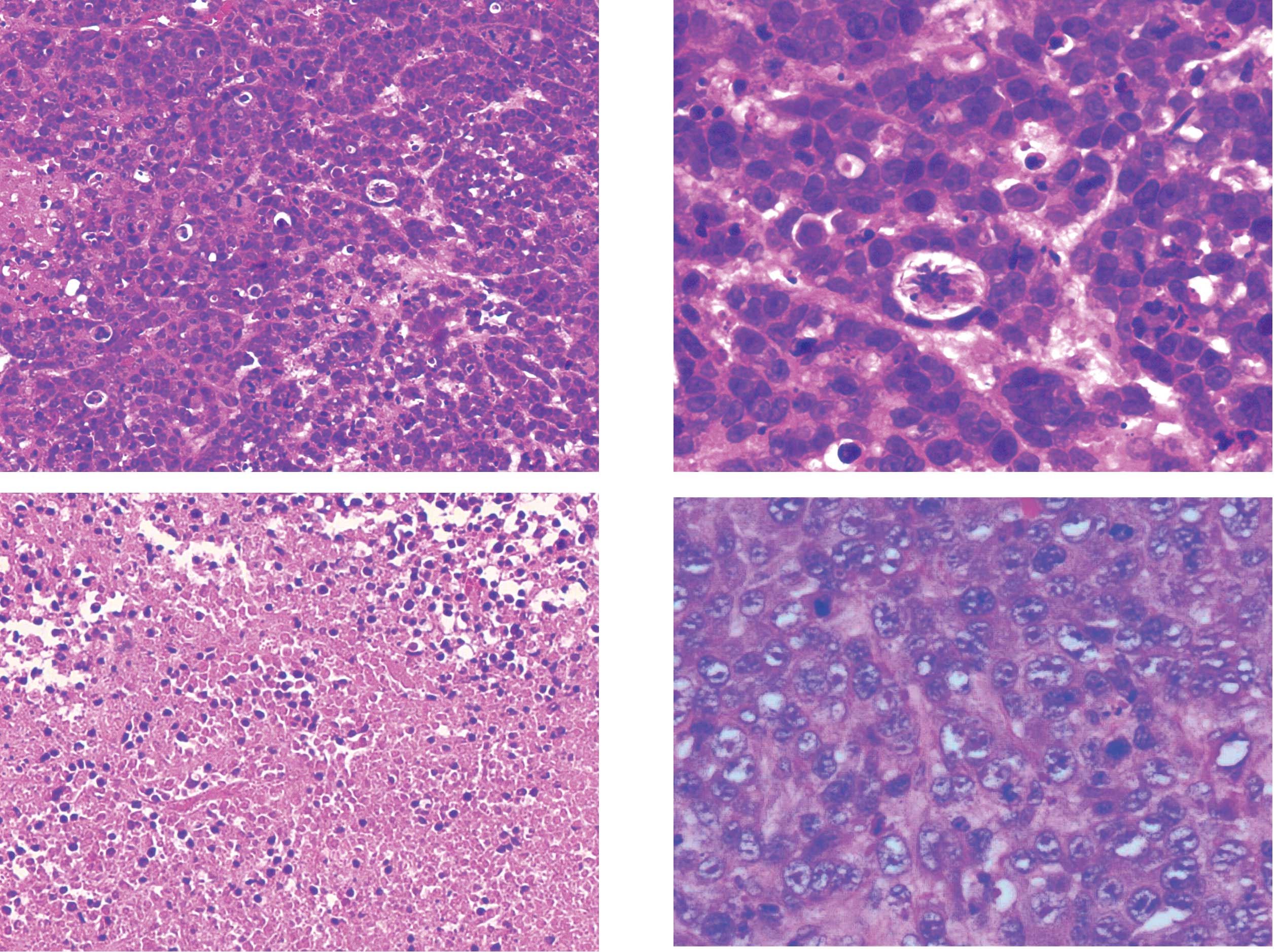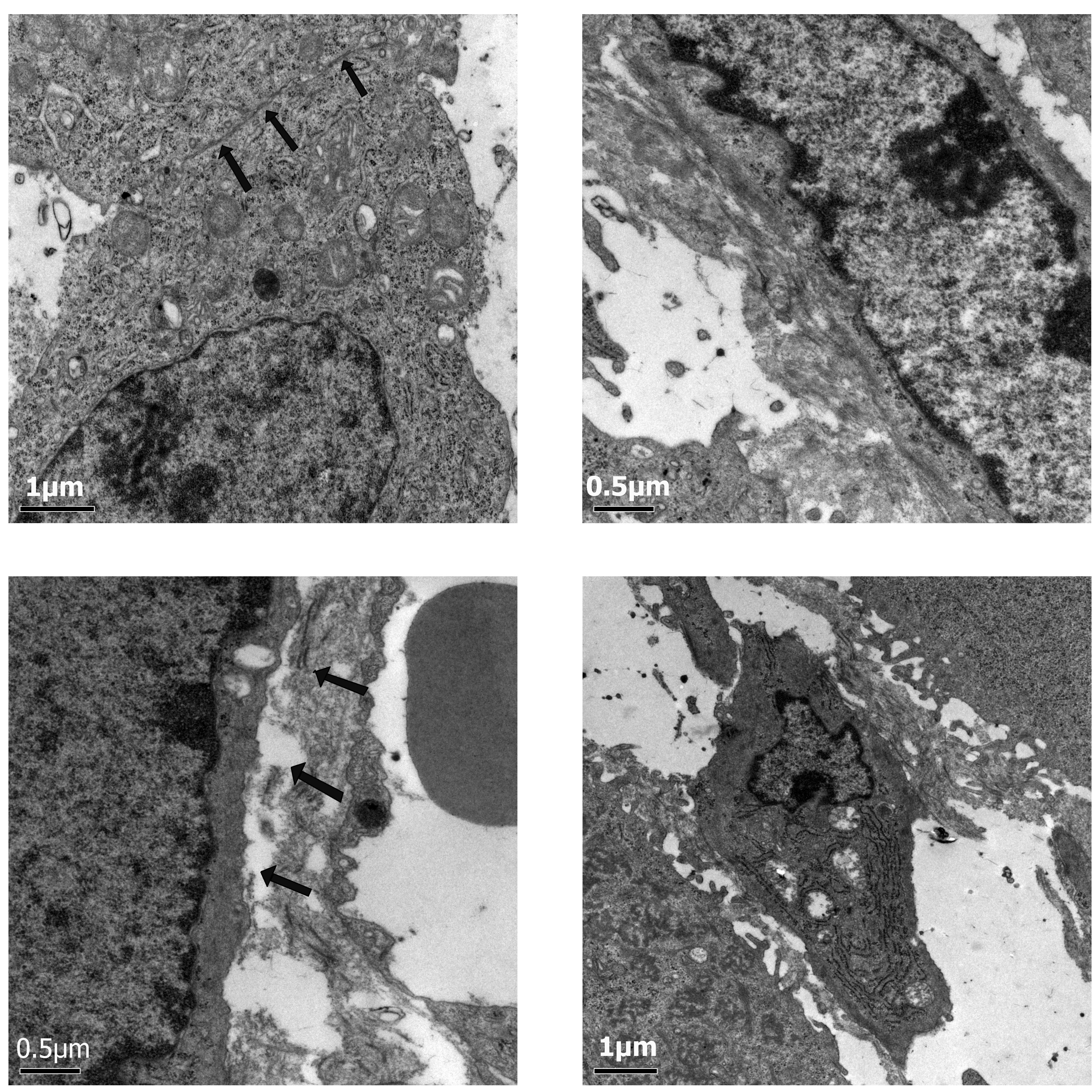Antitumor effect of microbubbles enhanced by low frequency ultrasound cavitation on prostate carcinoma xenografts in nude mice
- Authors:
- Published online on: November 7, 2011 https://doi.org/10.3892/etm.2011.377
- Pages: 187-191
Metrics:
Total
Views: 0 (Spandidos Publications: | PMC Statistics:
)
Total PDF Downloads: 0 (Spandidos Publications: | PMC Statistics:
)
Abstract
The aim of this study was to investigate the antitumor effect induced by low frequency (20 kHz) ultrasound (US) radiation combined with intravenous injection of microbubbles (Mbs) on prostate carcinoma Du145 xenografts in nude mice. Du145 prostate tumors were percutaneously implanted in 40 nude mice, which were randomly divided into 4 groups (n=10 each): US+Mbs, US, Mbs and control groups. The mice in the US+Mbs group were treated with 20 kHz, 200 mW/cm2 US radiation and with 0.2 ml Mbs injected intravenously. Mice in the US and Mbs groups were only treated with US radiation and injection of Mbs, respectively. Tumors were measured with sonography, and the ratio of antitumor growth was calculated. The mice were sacrificed 14 days after treatment. Specimens of the tumor tissues were observed pathologically using light microscopy and transmission electron microscopy. Microvessel density and the average optical density of vascular endothelial growth factor were compared among groups by immunohistochemistry. The average gross tumor volume of the US+Mbs group was significantly reduced compared with the other groups following treatment (P<0.05). The ratio of the antitumor growth in the US+Mbs group was significantly greater than that of the US and Mbs group (P<0.05). Histological examination showed signs of tumor cell injury in the US+Mbs group. Examination by electron microscopy revealed vessel injury in the endothelium in the tumors treated with US+Mbs. Microvessel density and the average optical density of vascular endothelial growth factor in the US+Mbs group were significantly less than that of other groups (P<0.05). In conclusion, low frequency US of 20 kHz radiation combined with Mbs may be used to inhibit the growth of human prostate carcinoma xenografts in nude mice, and the effect is likely realized through microvessel destruction caused by cavitation.












